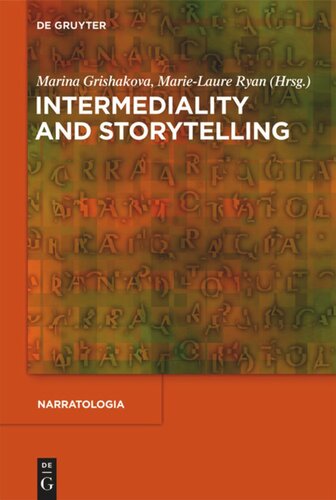

Most ebook files are in PDF format, so you can easily read them using various software such as Foxit Reader or directly on the Google Chrome browser.
Some ebook files are released by publishers in other formats such as .awz, .mobi, .epub, .fb2, etc. You may need to install specific software to read these formats on mobile/PC, such as Calibre.
Please read the tutorial at this link: https://ebookbell.com/faq
We offer FREE conversion to the popular formats you request; however, this may take some time. Therefore, right after payment, please email us, and we will try to provide the service as quickly as possible.
For some exceptional file formats or broken links (if any), please refrain from opening any disputes. Instead, email us first, and we will try to assist within a maximum of 6 hours.
EbookBell Team

4.8
34 reviewsThe ‘narrative turn’ in the humanities, which expanded the study of narrative to various disciplines, has found a correlate in the ‘medial turn’ in narratology. Long restricted to language-based literary fiction, narratology has found new life in the recognition that storytelling can take place in a variety of media, and often combines signs belonging to different semiotic categories: visual, auditory, linguistic and perhaps even tactile. The essays gathered in this volume apply the newly gained awareness of the expressive power of media to particular texts, demonstrating the productivity of a medium-aware analysis. Through the examination of a wide variety of different media, ranging from widely studied, such as literature and film, to new, neglected, or non-standard ones, such as graphic novels, photography, television, musicals, computer games and advertising, they address some of the most fundamental questions raised by the medial turn in narratology: how can narrative meaning be created in media other than language; how do different types of signs collaborate with each other in so-called ‘multi-modal works’, and what new forms of narrativity are made possible by the emergence of digital media.